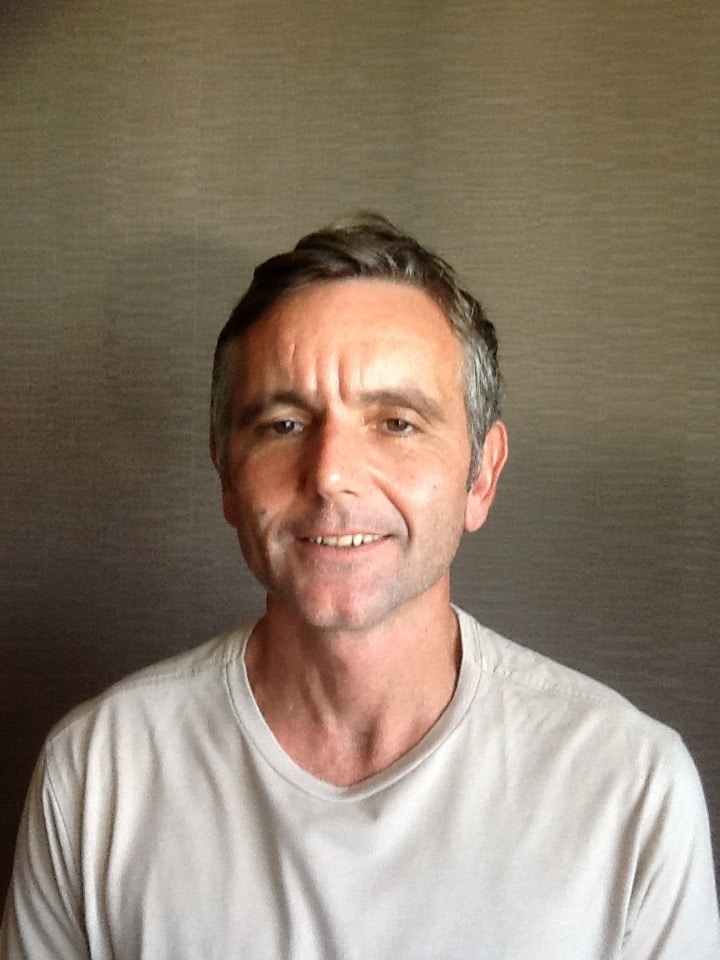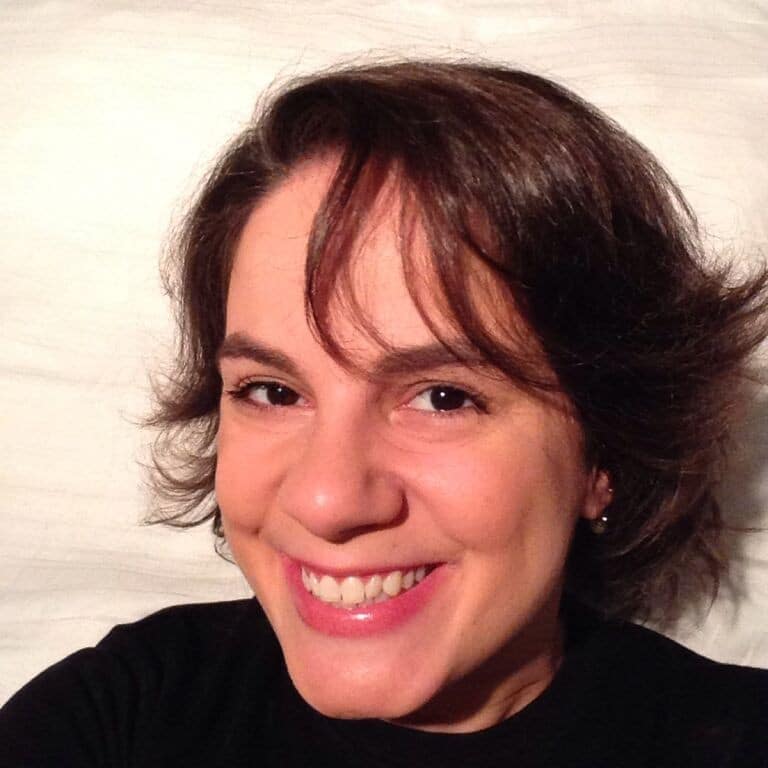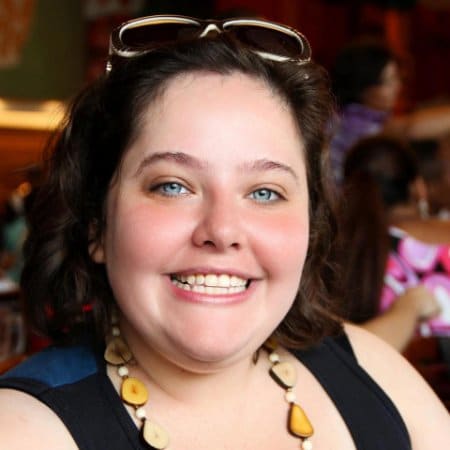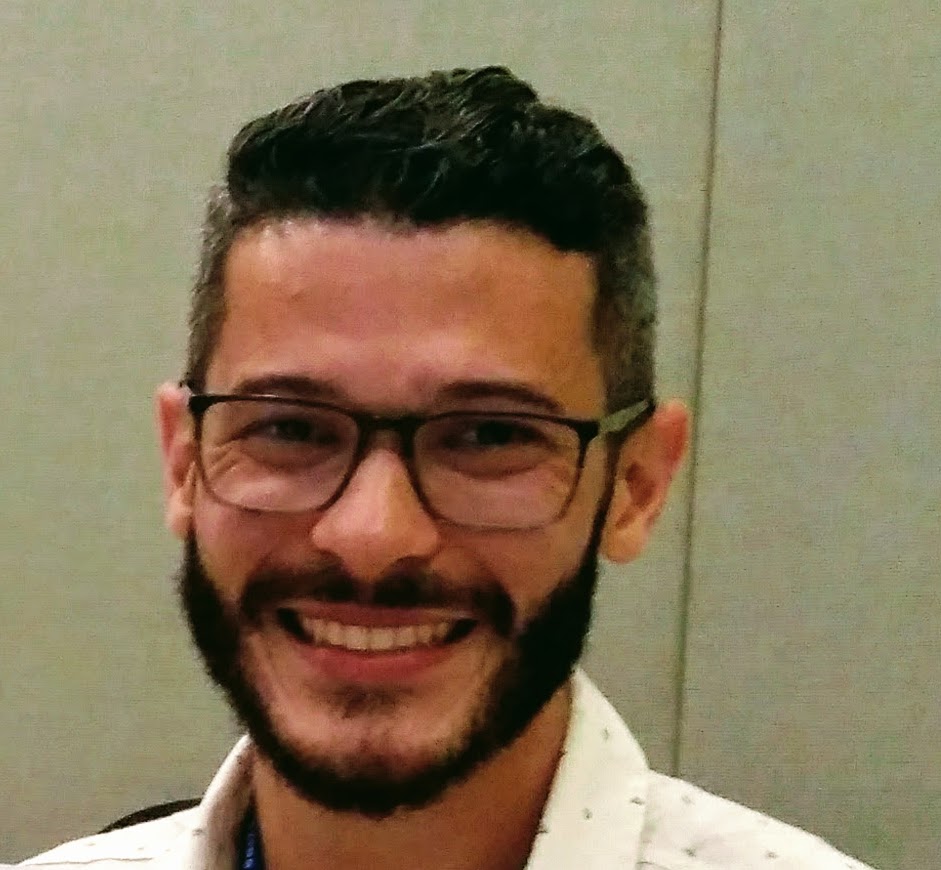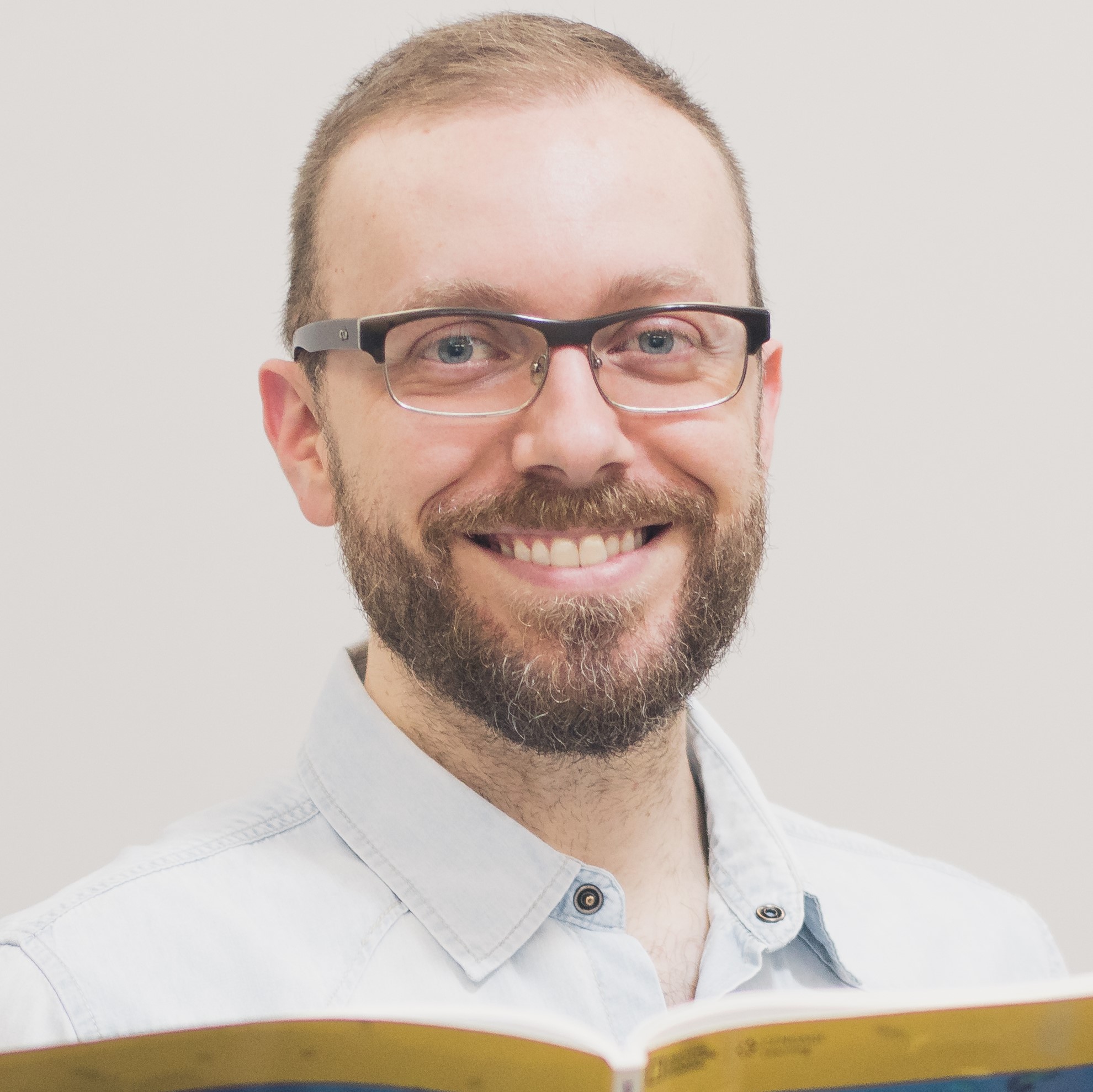A Word Atlas of the Mind
There was some interesting news last week. Scientists at Berkeley University in the United States have mapped out how the brain organises language.
Their ‘semantic atlas’ shows how the meaning of vocabulary is organised into different regions of the brain.
In the past, it was believed that information about words’ meanings was represented in a region of the brain called the ‘semantic system‘. However, this recent study shows that this intricate network is spread right across the outer layer of the brain called the cerebral cortex, which plays a key role in higher functions like language and consciousness.
The results of the brain imaging data were converted into a map where the words were arranged on the left and right hemispheres of the brain.
They show that the semantic system is distributed broadly into more than 100 distinct areas across both hemispheres of the cortex and in intricate patterns that were consistent across individuals in the study.
Every time a participant heard a word in a story they were listening to the region of the brain lighting up was identified. In all, neural responses in 50,000 to 80,000 spots all over the cerebral cortex were identified. However, no single brain region holds one word or concept, and a single brain spot is associated with a number of related words. The atlas shows how words and related terms exercise the same regions of the brain. For example, on the left-hand side of the brain is one of the regions that represents the word “victim”. The same region responds to “killed”, “convicted”, “murdered” and “confessed”. The same word could also be repeated several times on different parts of the brain map. For example, the word “top” was represented in a part of the brain that responds to words about clothing and appearance, and also in a region that deals with numbers and measurements.
However, although there were marked consistencies between the individuals under study, there were also quite significant differences. Also, all of the participants were from a similar cultural background so it would be interesting to undertake further studies to ascertain if there are differences across cultures.
Furthermore, this study was based on how native speakers organise their mother tongues. For our purposes, it would be of interest to discover how a learner of a second language might organise the target language, and if leaners from different cultures organise their second language in the same way.
Knowing which words are associated with each other and in what region of the brain would be of great benefit to us teachers, and would surely affect how we organise and teach vocabulary, and how we get learners to record lexis.
I await the results of such a study with bated breath.

